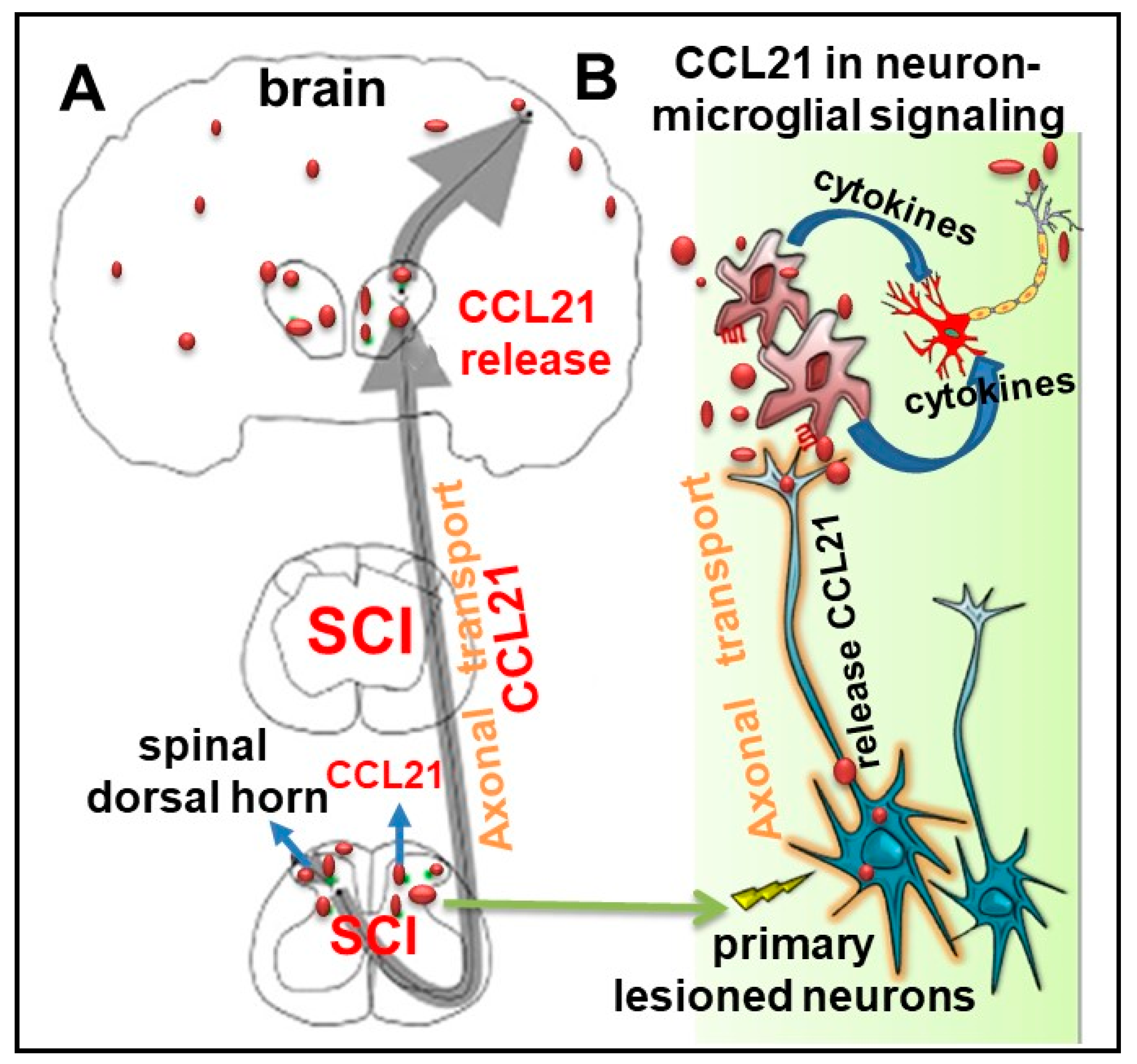

It started out as an ordinary September day for Sarah Lefferts. Physicians refer to the Uniform Determination of Death Act (UDDA) to make the determination of brain death based on several specific medical criteria.

Brain Death – A person with brain death is not alive because all the brain functions, including the brain stem, no longer work.The person may use vertical eye movements and eye blinking codes to communicate and operate environmental controls. Locked-in Syndrome – An individual can only move his or her eyes, not any other part of their body, and is conscious and able to think.An individual is considered out of a minimally conscious state if he or she can communicate consistently (at least “yes” and “no”) or can use common objects, such as a glass or brush. One person may only demonstrate a few of these behaviors, while others exhibit all of them. They may inconsistently speak short phrases or words, respond to simple commands, may make “yes or no” gestures or verbalizations (sometimes incorrectly), follow people with their eyes, grasp or hold objects, and show appropriate emotional responses, such as smiling or crying. Minimally Conscious State – An individual shows slight but definite self-awareness or awareness of their environment.Research continues to study the recovery process of people who are considered to be in this state. However, in certain rare cases, individuals with traumatic brain injury have emerged from a vegetative state after more than one year, and individuals with hypoxic or anoxic brain injury have done the same after more than three months. Persistent Vegetative State – Doctors consider a person to be in a persistent vegetative state one year after traumatic brain injury or three to six months after a hypoxic or anoxic brain injury.The individual may occasionally respond to stimuli. Vegetative State – An individual is unaware, but begins to have sleep and wake cycles normal digestion, breathing, and heart rates and may open his or her eyes.Understanding these disorders of consciousness can be important when discussing treatment and possible rehabilitation options. People can, however, experience different states of consciousness after brain injury. Someone who is truly in a coma will not be considered for any type of brain injury rehabilitation program. Depending on varying factors and the severity of the injury, the individual may remain in a coma, emerge from a coma, or experience an increased level of consciousness.

This loss of consciousness (LOC) is referred to as a coma. Assessments typically reveal that the individual has no sleep and wake cycles.


 0 kommentar(er)
0 kommentar(er)
